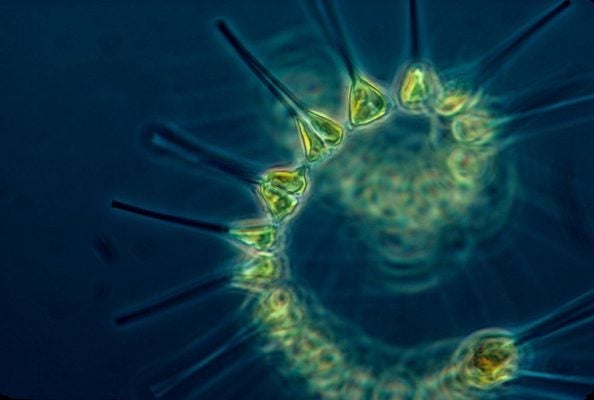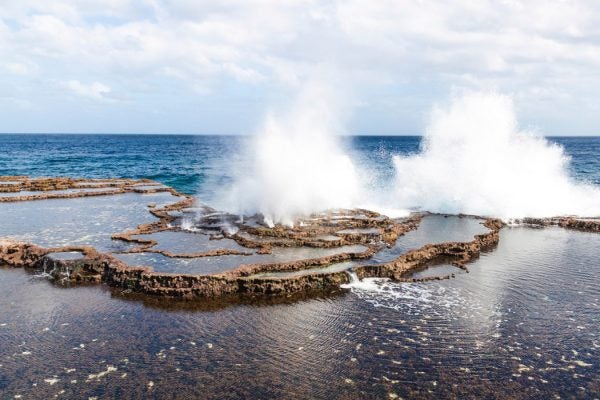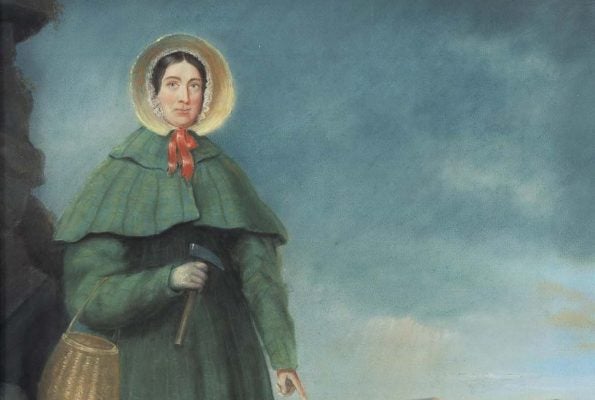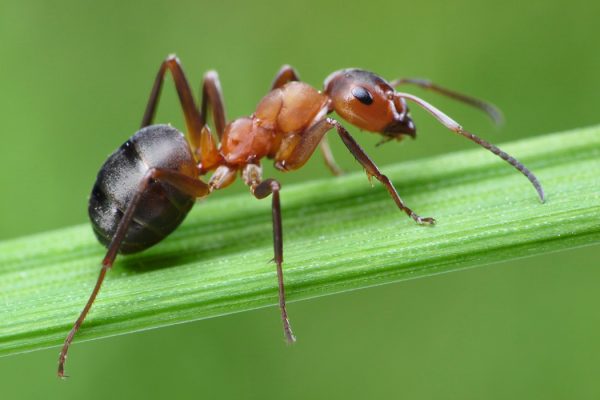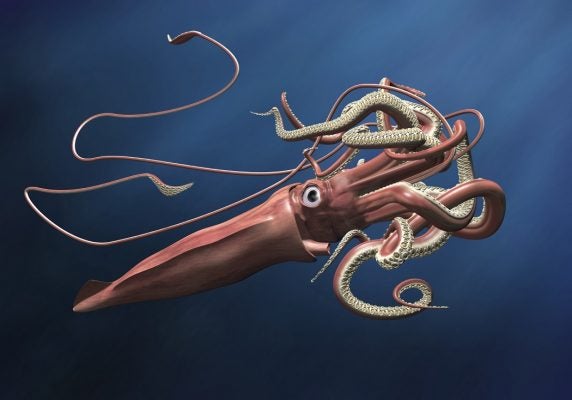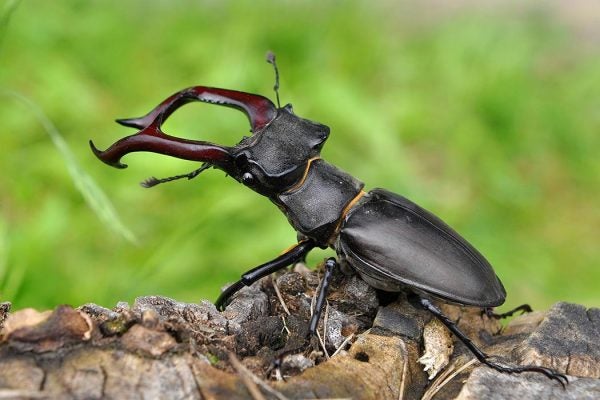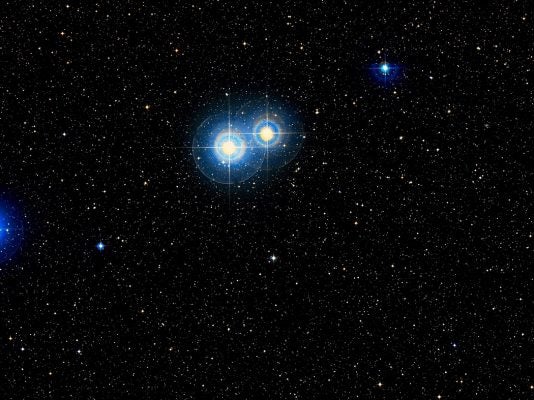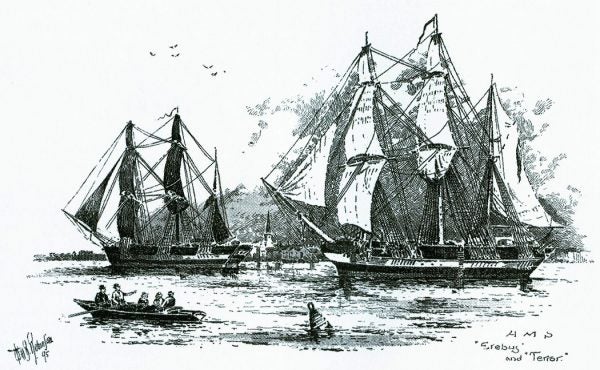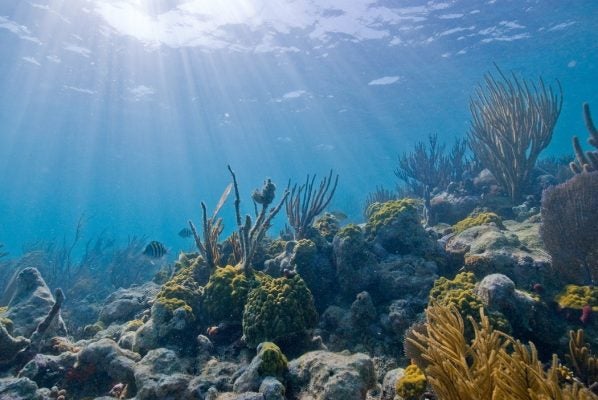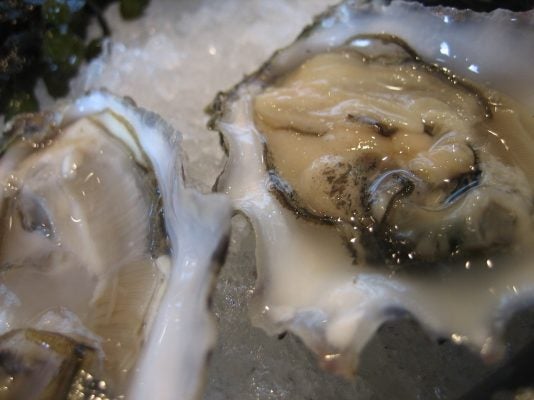
Margaret Smith
Margaret Smith is a science librarian based in New York City. She holds an MA in Evolutionary Biology from Rice University and an MS in Library & Information Science from Syracuse University. Her work has appeared in publications ranging from PLOS ONE to the Snakeskin Poetry Webzine. She also served on the team that wrote and edited the Pacific Islands regional contribution to the 2014 National Climate Assessment and was the science coordinator for The Where, the Why, and the How: 75 Artists Illustrate Wondrous Mysteries of Science (Chronicle Books, 2012).

